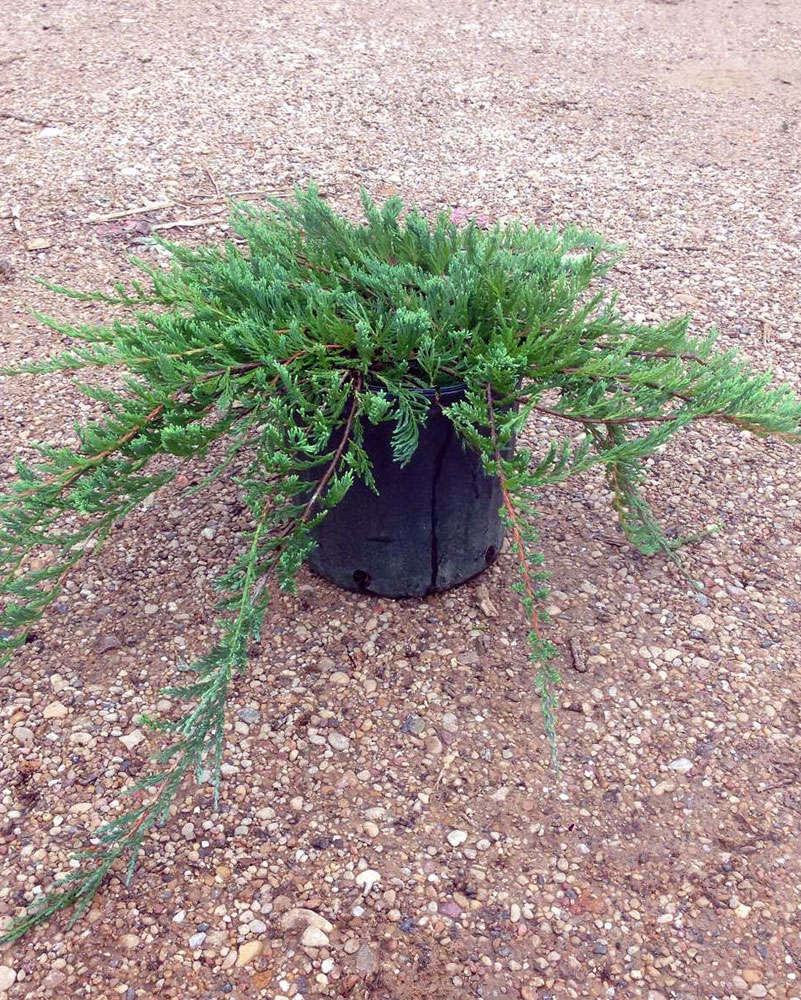Table of Content
This isn't a plant that is prone to aggressive spreading or invasive behaviors. If your plant becomes too large for the space in which you are growing it, you can trim it down to the desired size. This plant should be purchased from a nursery or garden center, where you'll usually find a wide variety of species in both 1-gallon and 5-gallon planting containers. There are over one hundred cultivars from the Juniperus horizontalis species.
Also thought some wooly thyme mixed in will add color at another time of the year. Thought we might come up with some dark red plants to mix in front juniper bed to tie lava rock in...maybe heuchera? Other than the blossoms that shoot up from huechera that eventually should be cut back, the foliage is low maintenance. What's the point in growing creeping junipers? At the most practical level, these ground covers are vigorous growers that will help you suppress common lawn weeds and other unwanted plants.
Create the garden you’ve always wanted
The new patio will be a cement product...perhaps just laid in a large squares pattern. Such a large area has to have "segments"...don't know what that would be called...joints? Just enough pattern to keep it from cracking but not enough get into realm of "fancy" or expensive. Not sure what the style is now when one is doing contemporary patios. Plants in pots will have to do for time being on new back patio.

Only plants will be removed from the collection. Create a membership account to save your garden designs and to view them on any device. I might try one in the first picture shown, but only if you’d be willing to let it expand over the blocks onto the grass. It would look nice spiiling over the blocks, but if happy, it will likely get too big for that site.
Your Session Is About to Time Out
They do not like heavy waterlogged clay soil. I don't know exactly what your conditions are, but it's hard for me to picture hostas and junipers both doing well in the same area. Creeping juniper is popular in part because of its ability to thrive in a mix of temperatures. Part of the appeal of creeping jupiter is the fact that it's so adaptable.

The foliage is aromatic and an eye-catching blue-green hue through the spring and summer. In the winter, it often takes on a purplish tint. It's best to plant creeping juniper in the spring, although fall planting is also acceptable. The material shown in the picture is landscape fabric, not black plastic. One mistake the homeowners have made here is in failing to cover this material with mulch. Left exposed to the bright sunshine for too long, the weed barrier will suffer damage.
What Is Creeping Juniper?
You can give the plant a gentle tug to see if those roots have taken hold. If it resists, you can be confident that all is good below the soil. If you don’t already have some of this gardening kit staple in your at home, grab a one-and-a-quarter-ounce bottle at Arbico Organics.

These plants prefer dry, well-drained, sandy soil with lots and lots of sun. The fastest way to kill most junipers is to plant them somewhere with heavy, poor draining, moist soil. Foliage can range from true green to blue or even purple, and species plants produce gray-blue to dark blue cones in the wild, which we refer to commonly as juniper berries. A full sun lover, this plant is easily grown in average, medium moisture, well-drained soils. Tolerates a wide range of soils including dry soils or poor soils but prefers sandy soils.
Beautify Dry-Laid Stone Retaining Walls
Before moving to the next entry, take a closer look at this planting. Apparently, the weed barrier was torn by sharp rocks or roots that the homeowner failed to remove prior to installation. Weeds, ever the opportunists, will be quick to exploit such openings. In a case like this, if the weeds aren't removed pretty soon, the whole enterprise will be put at risk. The weeds will spread quickly, causing further ruptures in the landscape fabric.
These are the older leaves and they’re typically the first to be impacted by this disease. Over time, it spreads to the upper, outer leaves. Spruce spider mites love to gnaw on junipers and spruces. We’ve struck the ‘Mother Lode’ with this brilliant, gold-colored juniper.
While it has a preference for sandy soil with light to medium moisture, it isn't particularly fussy. It will grow in poor quality, dry, compacted soils where other species won't. The only thing it asks is that the soil be well-drained. Overly wet conditions can result in root rot.

This photo has been incorporated to illustrate the point that creeping juniper isn't just for steep hills in out-of-the-way places. As you can see, this planting borders a sidewalk, a hop, skip and a jump from the street. Learn below how to plant juniper ground covers, what some of the best types are, and what assets they bring to your landscaping. If you choose to receive legal notices and statements electronically and then want a paper notice, call us at the number on the back of your card and we will mail it to you. Blue Star Juniper has a low growing, rounded, compact growth habit. It has very rich, silvery-blue needles year around.

No comments:
Post a Comment